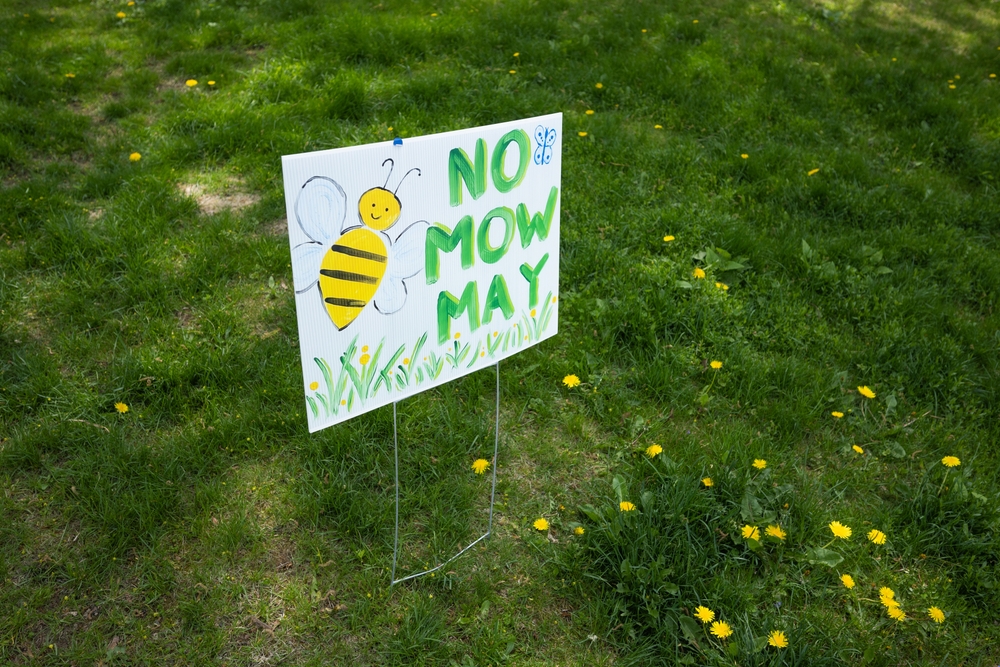EM in waste processing
Rubbish in the tropics. It’s just about the most disgusting combination imaginable. In the tropical heat a waste processing plant is not exactly a tourist attraction – if only because the stench keeps visitors away. In Praekkasa, a half-hour outside Bangkok, the smell was so bad it prompted a major strike by the plant’s employees. And now? Now you can stand at the edge of a mountain of rubbish the size of two football fields and still breathe fresh air. This, despite the fact that 1,000 tonnes of waste – from plastic to used clothing – are delivered to the plant every day. The secret lies in an enormous pipe, through which 5,000 litres and 200 litres of EM are disbursed over the rubbish twice a day. EM neutralizes the smell.
It is an experiment initiated by Bangkok’s local government that has only been in place for a year. Shortly, the results will be evaluated to see whether EM will be used at more waste plants. In Myanmar -formerly Burma – EM is already in use on a much broader scale in waste processing.











